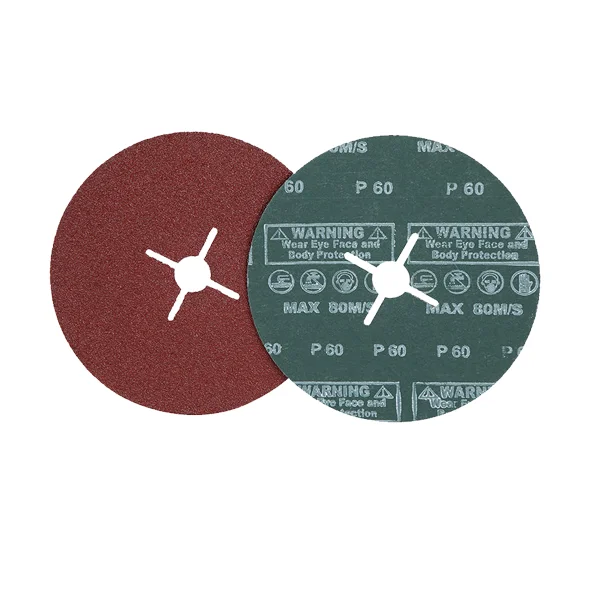When it comes to household appliances, dishwashers are often hailed as a modern marvel, saving time and effort in the kitchen. However, like any complex machine, dishwashers can encounter a variety of issues that hinder their performance. Understanding what usually fails in a dishwasher can help homeowners troubleshoot problems effectively and extend the lifespan of this essential appliance. In this article, we will delve into the common failures of dishwashers, their causes, and practical solutions to keep your dishwasher running smoothly.
- Clogged Filters and Spray Arms
The Problem: One of the most frequent issues that dishwashers face is clogged filters and spray arms. Over time, food particles, grease, and mineral deposits can accumulate, obstructing water flow and reducing cleaning efficiency.
Causes: Filters are designed to catch debris, but if they are not cleaned regularly, they can become overwhelmed. Similarly, spray arms can become blocked by food residues or hard water deposits.
Solutions: To prevent this issue, it is advisable to clean the filter at least once a month. Most dishwashers have removable filters that can be rinsed under warm water. Additionally, inspect the spray arms for blockages and remove any debris. A simple vinegar rinse can help dissolve mineral buildup.
- Faulty Door Seals
The Problem: A dishwasher door seal, or gasket, is crucial for maintaining water within the appliance. If the seal is damaged or worn, leaks can occur, leading to water damage and inefficient cleaning.
Causes: Over time, the rubber material of the door seal can degrade due to heat, moisture, and detergent exposure. Improper loading of dishes can also put undue stress on the seal.
Solutions: Regularly inspect the door seal for cracks or tears. If damage is found, replacing the seal is a straightforward process that can be done with minimal tools. Ensure that dishes are loaded properly to avoid putting pressure on the seal during operation.
- Malfunctioning Water Inlet Valve
The Problem: The water inlet valve controls the flow of water into the dishwasher. If this component fails, the dishwasher may not fill with water, leading to incomplete cycles.
Causes: A malfunctioning inlet valve can be caused by mineral buildup, electrical issues, or physical damage.
Solutions: To diagnose this problem, check for any visible signs of damage or blockage. If the valve is not functioning, it may need to be replaced. Regular maintenance, such as descaling the appliance, can help prevent mineral buildup.
- Ineffective Drainage
The Problem: Poor drainage can result in standing water at the bottom of the dishwasher, which can lead to unpleasant odors and mold growth.
Causes: This issue can stem from a clogged drain hose, a malfunctioning drain pump, or a blocked air gap.
Solutions: Inspect the drain hose for kinks or clogs, and ensure that it is installed correctly. Cleaning the air gap (if present) can also help facilitate proper drainage. If the drain pump is suspected to be faulty, it may require professional assessment.
- Electrical Failures
The Problem: Electrical issues can manifest in various ways, such as the dishwasher not starting, lights flickering, or error codes appearing on the display.
Causes: These problems can be caused by faulty wiring, a malfunctioning control board, or issues with the power supply.
Solutions: Begin by checking the power source and ensuring that the dishwasher is plugged in securely. If the problem persists, consult the user manual for troubleshooting steps related to error codes. In cases of complex electrical issues, it is advisable to seek professional assistance.
- Inconsistent Cleaning Performance
The Problem: If dishes come out dirty or with residue, it can be frustrating and indicative of underlying issues.
Causes: This can result from a combination of factors, including improper loading, low water temperature, or inadequate detergent.
Solutions: Ensure that dishes are loaded correctly, allowing for proper water circulation. Check the water temperature; it should ideally be between 120°F and 150°F for optimal cleaning. Additionally, using the right type and amount of detergent is crucial for effective cleaning.
Conclusion
Understanding the common failures of dishwashers can empower homeowners to take proactive measures in maintaining their appliances. Regular maintenance, timely repairs, and proper usage can significantly enhance the performance and longevity of your dishwasher. By addressing these issues early on, you can ensure that your dishwasher continues to be a reliable ally in your kitchen, making mealtime cleanup a breeze. Remember, when in doubt, consulting a professional can save you time and prevent further damage to your appliance.






+ There are no comments
Add yours